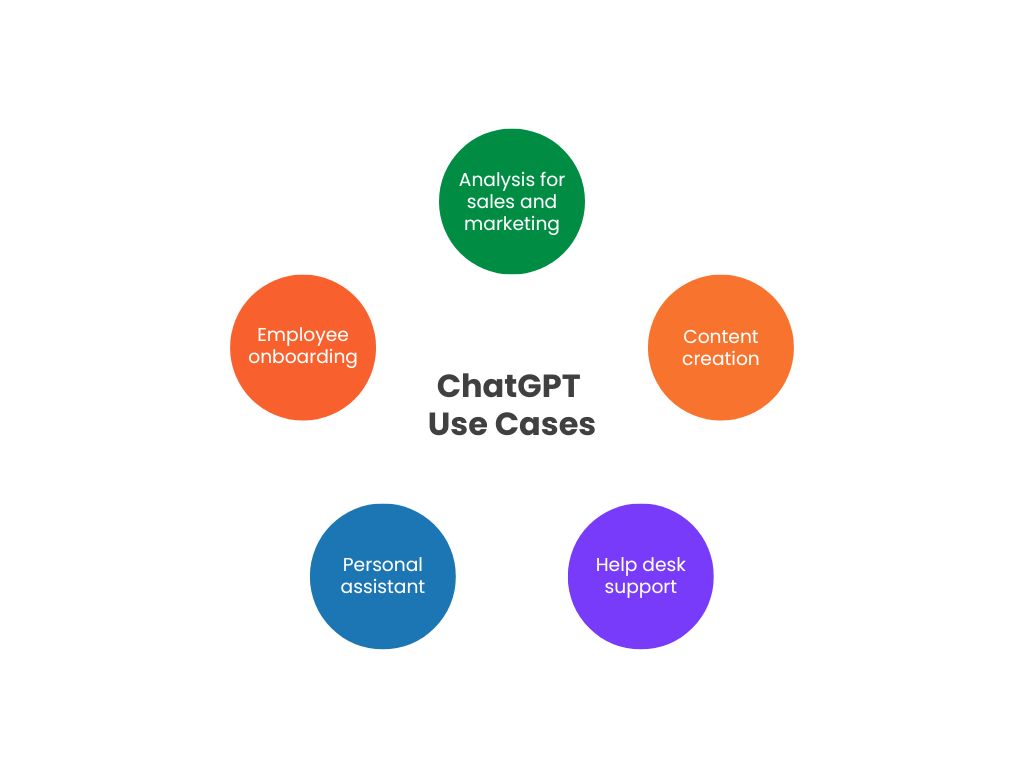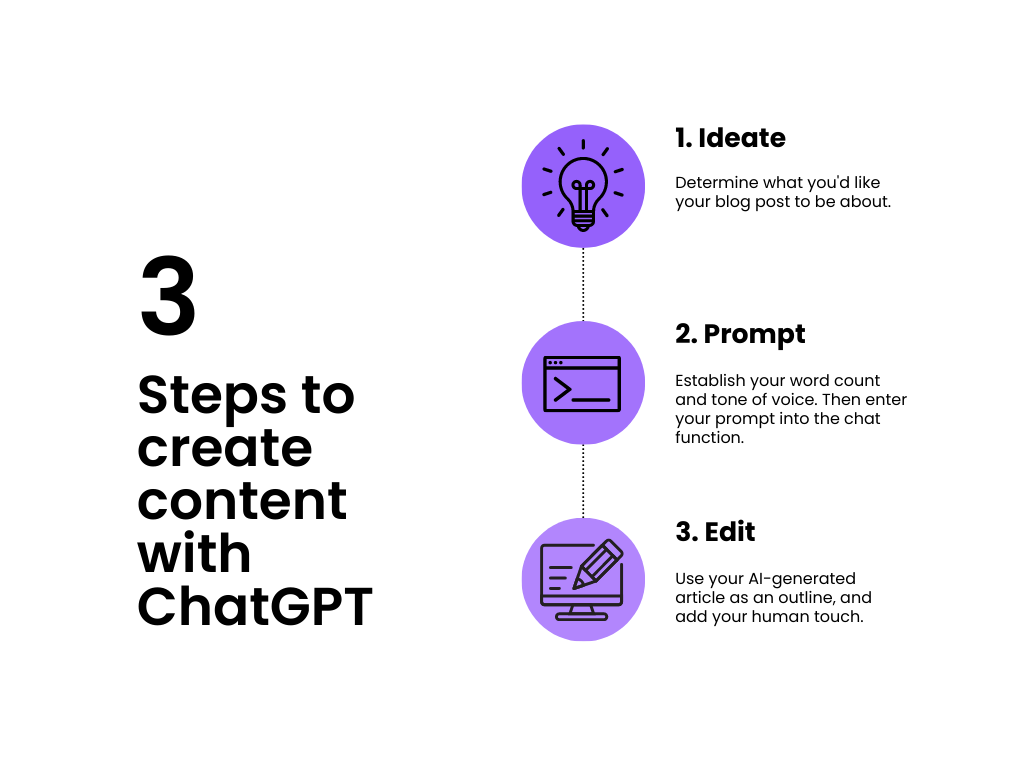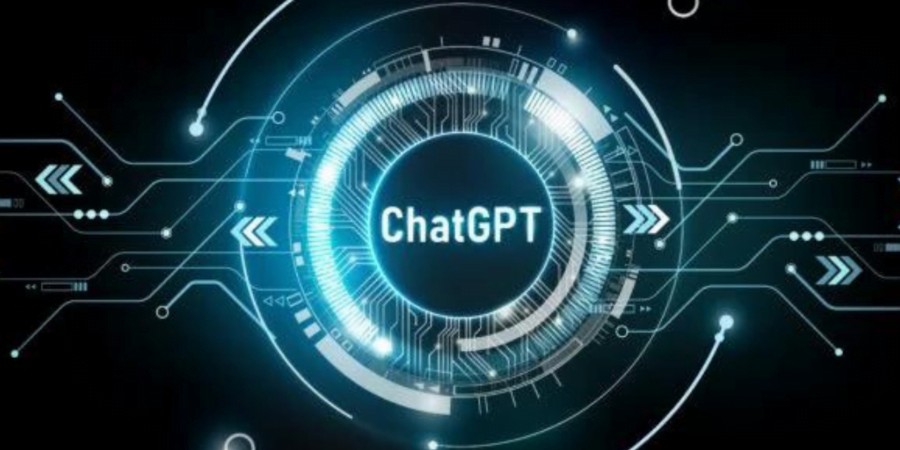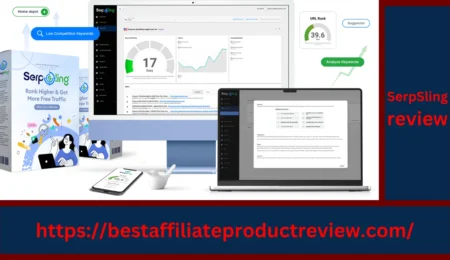Now more than ever, artificial intelligence is being leveraged by businesses of all sizes and across all industries. Whether you’ve heard of ChatGPT or used it yourself, you know that AI has been a game-changer in the world of work. So let’s talk about some of the ways you can use the platform to your advantage.
In this post, we will cover the following topics:
- How ChatGPT works and what it does
- How to Leverage ChatGPT for Customer Service Teams
- How ChatGPT can serve as your personal assistant
- Sales and marketing analysis using AI
- AI Employee Training
- Content Creation with ChatGPT
What is ChatGPT?
Technology can be a personal assistant, a thought partner, or a rudimentary data analyst. You type a message and it sneaks into an algorithmic version of the “20 Questions” game. Your words serve as contextual clues, helping ChatGPT tap into its vast knowledge to predict which information is irrelevant and which is completely relevant. He then responds conversationally. Ask follow-up questions, define unfamiliar terms, establish tone and voice, or request additional information.
While ChatGPT dazzles us with passable essays and bespoke tall tales, keep in mind that this is a massive experiment in dice rolling. As a predictive technology, it guesses the best thing to say, just like your messaging app tries to finish your sentences. Deciding which use cases to implement involves a deep understanding of your organization and your customers. So here are five uses of ChatGPT that can benefit businesses of all sizes and industries.

1. Help Desk Support for Customer Service Teams
ChatGPT’s penchant for conversation makes it a convenient addition to your customer service. ChatGPT updates outdated FAQ databases where users must use precise wording to find answers. Instead, it can evaluate the context to identify what the customer means in terms of the words they use. ChatGPT can provide answers to frequently asked questions, resolve issues, and even handle simple tasks, such as scheduling appointments or placing orders.
The people who will most appreciate the robotization of customer service may find themselves in a generational divide. Customers who have been around the sun several times tend to appreciate help from humans. Younger generations prefer to have their teeth pierced rather than call a helpline. get your teeth drilled rather than calling a helpline. -They expect self-service options. Considering that “dental care” is often on lists of our biggest fears, that’s saying a lot. Use chatbots powered by ChatGPT to take over some of the customer service workload, and refer callers who prefer a human conversation to employees.
2. Personal assistant for project managers
The search for information is a hidden factor in lost productivity. A study reveals that 4 out of 5 employees struggle to find the right document when requested by a manager. The problem of finding data is so exhausting that McKinsey estimates that employees spend a full workday every week. work day per week scouring archives and file stores for vital information.
ChatGPT makes it easy to find the right information at the right time. Instead of clicking through endless folder trees or trying to perfect your search, you can simply ask . With ChatGPT, searching for information becomes more conversational than transactional.
Additionally, ChatGPT can help offset other time wasters. Use it to:
- Develop schedules for projects.
- Summarize meeting actions from Teams or Zoom transcripts. Some apps can even “sit in” in meetings to generate live notes.
- Translate summaries into other languages.
- Send task or appointment reminders.
- Document help procedures.
- Reduce long memos to a bite-sized version in Spark Notes.
To take advantage of this use case, consider situations where employees spend far too much time battling information overload. In this case, ChatGPT can bring out the strengths, allowing team members to get rid of tedious work.
3. Customer Sentiment Analysis for Sales and Marketing
Use ChatGPT to find out how customers feel about your product or service. In this use case, you leverage the conversational capabilities of ChatGPT. It can analyze a list of Tweets or a collection of online reviews to gauge satisfaction levels.
ChatGPT can classify testimonials and comments as good or bad. You can find out what customers like about your product and what aspects need improvement. You can also determine whether a bad apple is indicative of a larger problem, or whether the experience is just an anomaly.
The benefit of strengthening this accountability with ChatGPT is the following: Time , of course. You can spend months sifting through a flood of feedback, only to realize you’re weeks behind in resolving a damaging issue. ChatGPT speeds up analysis and helps you resolve latent issues before they escalate. Likewise, you can use technology to uncover potential growth opportunities before your competitors seize them.

4. Employee Training for Human Resource Managers
Organizations are also using ChatGPT-infused technologies to guide their onboarding process. Some apps can turn a script generated by a team member or ChatGPT into a spoken video led by an AI talking head. While this strategy doesn’t beat personalized training from an in-house expert, it certainly has a leg up on stagnant PDFs or PowerPoints.
Likewise, you can train ChatGPT on a database of internal training materials. Turn an onboarding manual into a tour guide that team members can converse with. Instead of just reading and doing nothing, they can ask personalized questions and ask for clarification on things they find confusing.
5. Content Creation for Advertising and Marketing
The persistent rising tide of content requires all employees to become masters of the subject. Engineers write up their thoughts for a case study. Sales managers prepare call scripts. For team members who don’t have a knack for writing, staring at a blank screen can be incredibly paralyzing.
ChatGPT can help you get the ball rolling by becoming your brainstorming partner. Tell him your ideas and ask him to help you refine them. It can even generate a rough draft of blog posts, social media posts and email newsletters, which you can then polish to perfection.
Despite ChatGPT’s extensive capabilities, it is not the panacea adopted by its avid fans. Societal trends indicate a shift toward authenticity. Social media users today are turning to platforms that offer freer, more candid content, rather than those that peddle blatant, over-framed aesthetics. For some, marketing that relies on a personal connection is a determining factor in the purchasing decision. Therefore, overloading all your touchpoints with generative AI doesn’t necessarily mean an instant win.
The right ChatGPT strategy involves a good understanding of your customers. What areas of your business can ChatGPT speed up response times? What areas require a “white-glove” approach? The success of ChatGPT is that generative AI and human-guided touchpoints can work side by side. In the age of hyperautomation and hyperproductivity, AI may be necessary for some of your daily tasks. Hyperautomation is no problem when AI is involved. Artificial intelligence or intelligent automation? Why pit the two against each other when they are a combined power?






Leave feedback about this